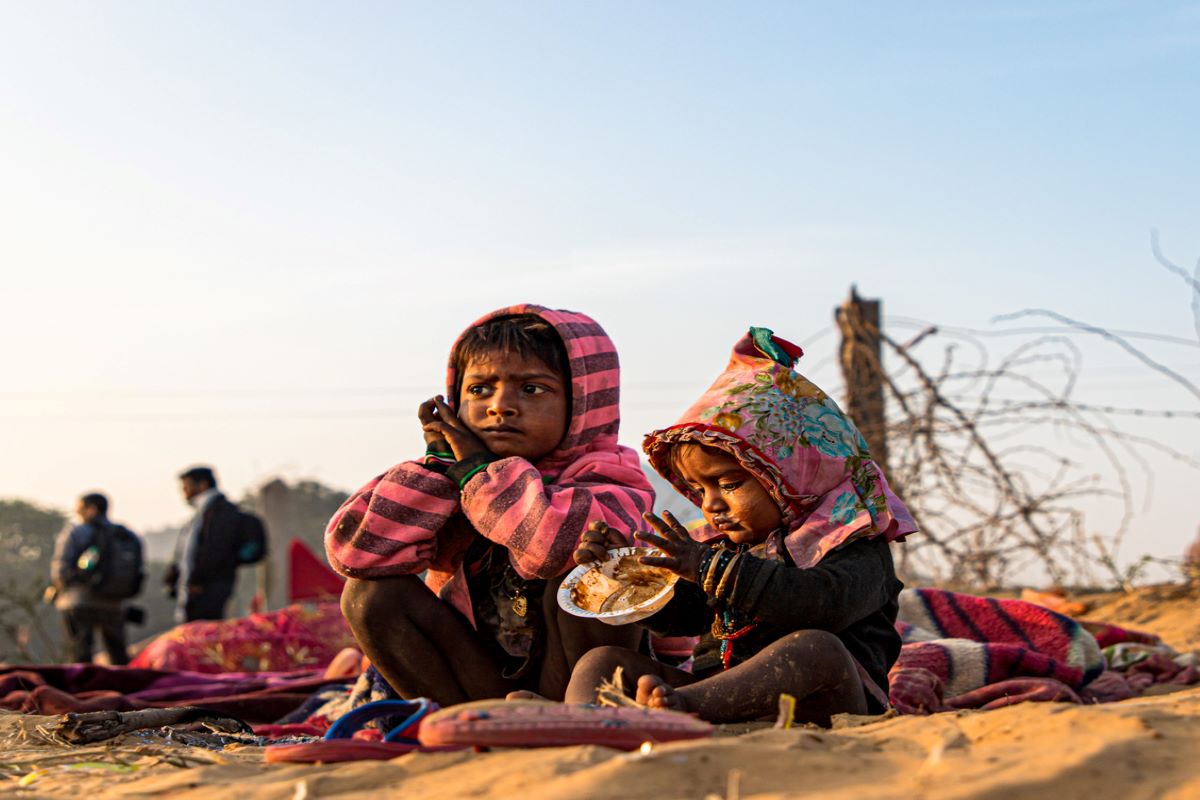Key agent held by police exposes donkey routes to US
A 20-year-old tenth-pass passenger was deported from the USA for allegedly entering through an illegal route.
The demand and supply construct has turned out to be a lethal cocktail of hunger, grinding poverty and manipulative distribution of foodgrain. In the net, the country is on the cusp of poverty and hunger; both have worsened in the midst of a public health catastrophe. The marginalized sections, comprising labourers and migrant workers, were by and large deprived of the government’s benefits.

representational image (iStock photo)
Food insecurity, to summon a variant of the Centre’s “flagship” expression, still plagues hundreds of thousands in India, going by the Hunger Watch Survey II, conducted by the NGO, Right to Food Campaign in December 2021 and January 2022 in the aftermath of the third wave of Covid-19, exacerbated as it was by the Omicron and Delta virus.
This was a time when families had to contend with a loss of income or, when not rendered unemployed, an estimated 41 per cent of respondents had to suffer a deterioration in the nutritional quality of food. Indeed, the lack of nutrition had arguably made the suffering still more acute. This deprivation had also rendered ineffective the handling of the pandemic, both by the authorities at the Centre and in the states. This has lent credence to the perception of the medical fraternity that the federal structure of governance had faltered during the worst crisis in public health in recent memory.
Advertisement
The serial lockdowns had made no difference in the overall construct. The data revealed by the survey runs counter to the Centre’s claim that the food assistance programme was suitably robust during the pandemic. Among the 6,697 respondents of Hunger Watch II, as many as 1,992 were from West Bengal, indeed the highest among the 14 states that were surveyed. Women constituted 71 per cent of the respondents who belonged to rural areas and slums in urban centres.
Advertisement
Two-thirds or 67 per cent of the respondents could not afford cooking gas in the month preceding the survey. “If people have income and money, they will spend on food and other consumption. On this front of employment and income, the situation was bad during the previous government and has worsened,” said economist Sunil Ray, former director of the AN Sinha Institute in Patna. “Has the government ever studied if all 80 crore people getting subsidized food under the National Food Security Act really deserve the benefit? There is a lot of corruption.”
The demand and supply construct has turned out to be a lethal cocktail of hunger, grinding poverty and manipulative distribution of foodgrain. In the net, the country is on the cusp of poverty and hunger; both have worsened in the midst of a public health catastrophe. The marginalized sections, comprising labourers and migrant workers, were by and large deprived of the government’s benefits.
What the economists have called “power relations” at the local level “played a role in determining who would receive the benefits.” Rightly has the survey mentioned the need to “eliminate the systemic institutionalised biases or distortions at the local level” that inhabit the “distributive flow of food to the hungry Indians”.
The coverage of the Public Distribution System is yet to be expanded to include those who do not have ration cards. The fundamental malaise has been exacerbated by the diversion of food, earmarked for the PDS, to the open market, there to be sold at inflated rates.
Advertisement